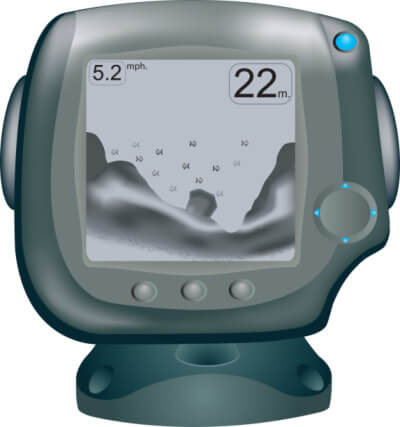
Benefits of a Fish Finder GPS
Think of a fish finder GPS, or global positioning system, as a way to supplement you knowledge of best locations to locate various types of fish. After all, nothing is more frustrating than casting all day without a single bite. That’s still possible with a fish finder GPS, but the technology greatly increases a fisherman’s chance of catching fish.
How a Fish Finder GPS Works
Fish finders rely on sonar, or sound waves, to help create an underwater image for the fisherman to see. The fish finder GPS sends out a sound wave – sometimes two or more – wherever it is pointed. The deeper the sound wave travels, the wider the sonar beam becomes. As the beam encounters something – whether it’s fish or rocks or anything – the information is bounced back to the fish finder GPS and displayed to the fisherman. Be sure to get a fish finder GPS that offers a sufficient screen view so you can make out the images on the screen.
Other Benefits of Fish Finder GPS Devices
- Depth finder. If you know the fish you are looking for are attracted to underwater shelves or look for deeper pockets of water, simply point the GPS around your boat to get an idea of the water depth all around you. Many units can probe 600 feet or deeper.
- Chart your course. Choose a fish finder GPS with pre-loaded information on rivers, lakes and coastal areas in the United States. Figure out where you are and where you need to go using the traditional GPS function of the fish finder device – similar to GPS devices used in cars.
- Save locations. Many fish finder GPS system allow the fisherman to capture the image of a newly discovered location for future use. If you find an area teeming with fish, you can save the sonar image of that location. Then, you can use the fish finder GPS to get back to that exact location on a future outing.
- Water temperature. Some of the more advanced fish finder GPS devices come with a feature that displays “thermoclines.” These are areas where cooler water meets warmer water. While this could mean a front is approaching, it also commonly identifies deeper pockets of water – which are colder. That information can be helpful in identifying fish and in returning to colder, deeper waters where some types of fish are more comfortable.